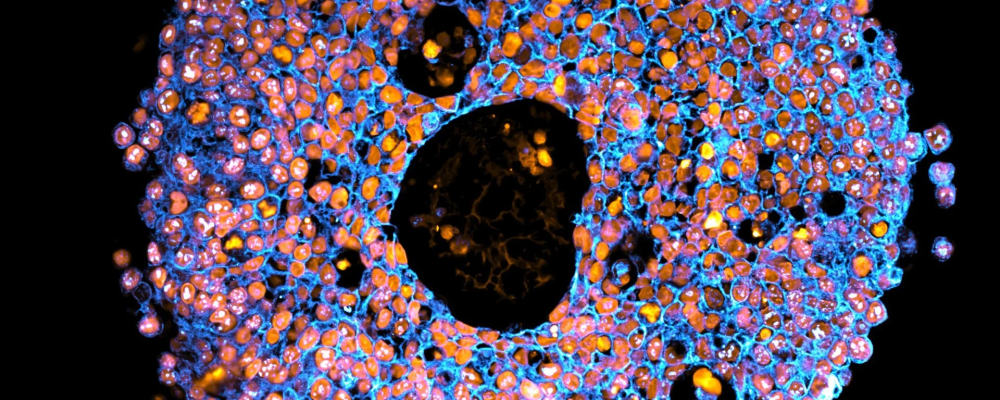
3D bioprinted mini placentas could transform pregnancy research
On Sept. 12, 2025, scientists from the University of Technology Sydney (UTS) announced they have achieved a major breakthrough by 3D bioprinting miniature placentas, providing a new way to study complications in pregnancy.
Pregnancy complications lead to over 260,000 maternal deaths and millions of infant deaths globally. One serious condition in pregnancy linked to placental dysfunction is preeclampsia, which affects 5–8% of pregnancies.
The study, led by Associate Professor Lana McClements and first author Dr, Claire Richards, from the UTS School of Life Sciences, has just been published in the journal Nature Communications.
Miniature organs, known as ‘organoids’, provided a breakthrough in medical research when they were first described in 2009. Since then, scientists have grown organoids from a wide range of human organs by taking stem cells and setting them in a gel.
This gel mimics the tissue that cells are supported in and allows them to form clusters as they grow and divide. In 2018, the first placental organoids (or ‘mini placentas’) were grown from trophoblasts – a type of cell found only in the placenta.
Bioprinting is a type of 3D printing technology that uses living cells and cell-friendly materials to create 3D structures. The researchers mixed trophoblast cells with a synthetic, controllable gel and 3D printed them into a culture dish in precise droplets, much like an ink-jet office printer.
Tags:
Source: University of Technology Sydney
Credit: Microscope image of placenta organoid (mini placenta). Courtesy: UTS Microbial Imaging Facility by Dr Claire Richards.
